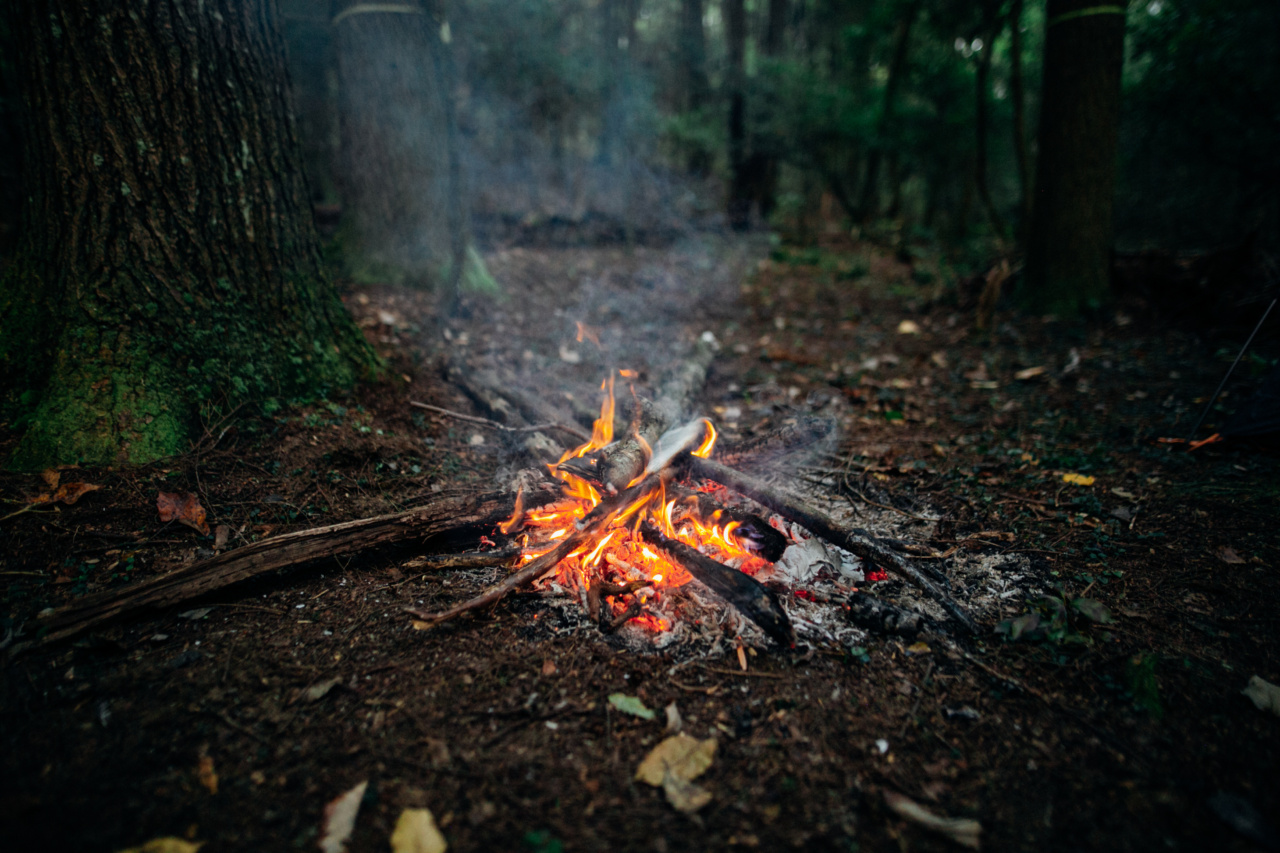Fire has long been associated with destruction and devastation, consuming everything in its path. However, amidst the chaos and ruins, there are creatures that defy the odds and rise triumphantly from the ashes.
These fire-adapted animals have developed remarkable adaptations that allow them to survive and even thrive in fire-prone ecosystems. In this article, we will explore some of these incredible fire creatures and unravel the secrets behind their resilience.
1. The Phoenix: A Mythical Symbol of Resurrection
One cannot discuss fire creatures without mentioning the legendary phoenix. The phoenix is a mythical bird that cyclically regenerates through self-combustion.
As the flames consume its body, it is reborn from the ashes, emerging stronger and more vibrant than before. While the phoenix may be a work of fiction, its symbolism represents the indomitable spirit of resilience.
2. The Fire Beetle: A Master of Pyrotechnics
The fire beetle, also known as the pyrophorus noctilucus, is a fascinating insect found in regions of Central and South America. What sets this beetle apart is its ability to produce light through a process called bioluminescence.
However, the fire beetle takes it one step further by mixing chemicals in its body that create a small explosion. This explosion produces both heat and light, creating a natural pyrotechnic display that can ward off predators.
3. The California Chaparral: Embracing the Flames
The California chaparral is a unique ecosystem that experiences frequent wildfires. Despite the intensity of these fires, many plant and animal species have adapted to this fiery landscape.
The chaparral is home to numerous fire-adapted plants, such as the manzanita and ceanothus, which have thick bark and fire-resistant seeds. These plants regenerate quickly after a fire, taking advantage of the nutrient-rich soil.
Likewise, animals like the California thrasher and the western fence lizard have developed a close relationship with fire, using burned areas as hunting grounds and basking spots.
4. The Serotinous Pinecones: Reseeding the Forest
Some pine tree species have evolved serotinous cones, unique adaptations that require the intense heat of a fire to open up and release their seeds.
These pinecones remain closed for years, protecting the seeds until a fire causes the resin to melt and release them onto the newly cleared ground. This ensures that new trees colonize the burnt areas, allowing for the forest’s regeneration.
5. The Fire Salamander: A Survivor in Flames
The fire salamander, native to Europe, possesses a remarkable resistance to fire. It can withstand temperatures up to 300 degrees Celsius without sustaining any damage.
This resistance is due to the salamander’s skin secreting a mucus that provides thermal protection. These amphibians often seek shelter in damp areas during fires, emerging unscathed once the flames have subsided.
6. The Spotted Quoll: A Beneficiary of Controlled Burns
The spotted quoll, a small carnivorous marsupial native to Australia, thrives in fire-prone landscapes. These animals have adapted to wildfires, taking advantage of controlled burns to hunt for food.
Controlled burns create temporary open areas that attract smaller prey, providing the quolls with ample hunting opportunities. As these creatures have learned to coexist with fire, they have become an integral part of these ecosystems.
7. The Resilience of Grasslands: A Fiery Heritage
Grasslands are one of the most fire-adapted ecosystems on Earth. These expansive landscapes have evolved with fire, as periodic burns promote the growth of grasses while inhibiting the encroachment of woody plants.
Grasses have deep root systems that allow them to quickly regenerate and recolonize burned areas. Additionally, grazing animals like bison and wildebeest have coevolved with grasslands and use fire to their advantage, as recently burned areas provide them with fresh, nutrient-rich grass.
8. The Prometheus Moth: Fanning the Flames
The Prometheus moth, indigenous to parts of Australia, relies on fire for its reproduction. This unique moth species has adapted to fire-prone habitats, laying its eggs in the soil before a fire.
When the flames pass through the area, the heat triggers the hatching of the larvae, which feed on the recently burned vegetation. Without fire, the Prometheus moth would struggle to complete its life cycle.
9. The African Savanna: A Symbiotic Relationship with Fire
The African savanna is a vast grassland ecosystem that experiences frequent wildfires. Many of the species that inhabit this landscape have evolved alongside fire, shaping their behavior and life history traits.
Trees like the giant baobab and the marula have thick, fire-resistant bark, allowing them to withstand scorching temperatures. Animals like the African buffalo and the impala have adapted to navigate through burn areas, capitalizing on fresh grass shoots that sprout shortly after a fire.
10. Fire ants: A Fiery Defense Strategy
Fire ants, notorious for their painful stings, have evolved a unique defense strategy. In response to threats, these insects rapidly gather their larvae and queen and form a living raft by linking their bodies together.
When faced with a flood, these rafts can float on the water’s surface, protecting the colony from drowning. However, fire ants have also been observed using this behavior during wildfires. By linking together, they create a barrier that shields them from the flames, allowing them to survive and rebuild their colonies once the fire has passed.






























